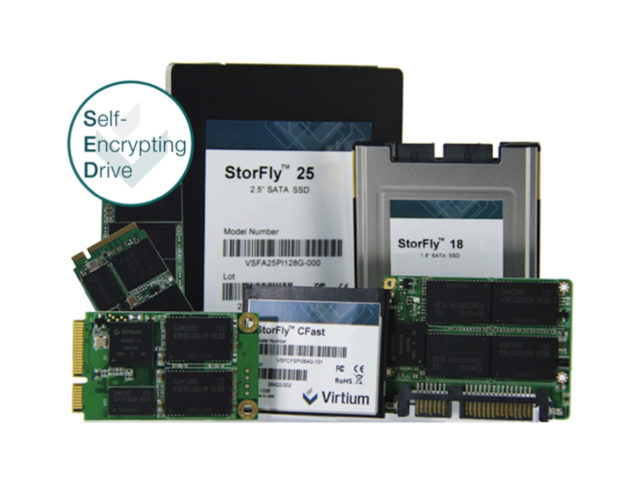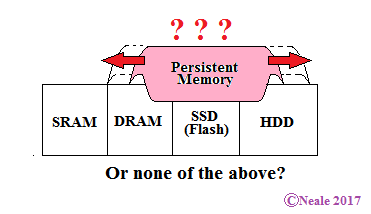TORONTO — Emerging use cases are revealing the many ways memory technologies can be an avenue for threat actors to create havoc, whether for stealing data or sending malicious instructions.
Security features in memory aren’t new, of course. The “s” in SD card initially stood for “secure,” but the SD Association hasn’t really emphasized it for a decade, while electrically erasable programmable read-only memory (EEPROM) has long been used for applications that need embedded security such as credit cards, SIM cards and key-less entry systems, among others.
But as different kinds of memory are put into a wider variety of systems — such as automotive, manufacturing and the Internet of Things (IoT) — the need for security has greatly increased. The question is not only where that security will be integrated, but how it will be managed, especially in embedded memories that are expected to remain in a device for years, possibly decades.
Read the full story on EE Times.
Gary Hilson is a freelance writer with a focus on B2B technology, including information technology, cybersecurity, and semiconductors.

